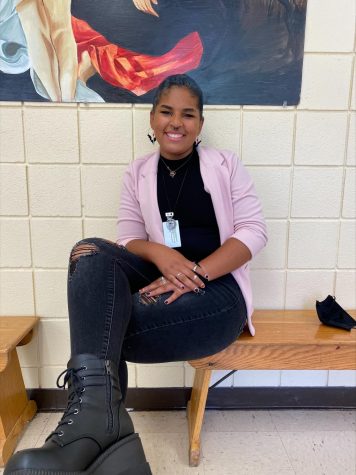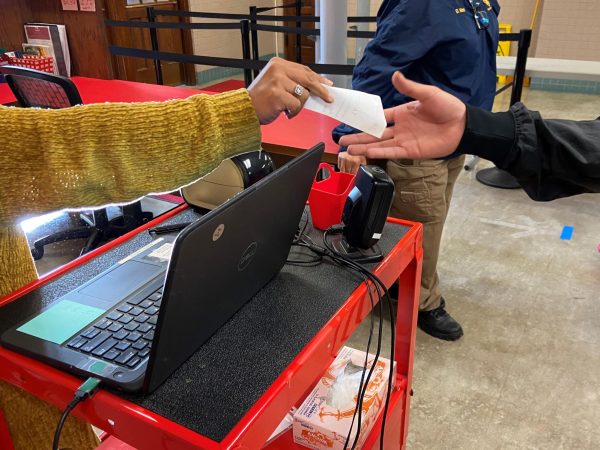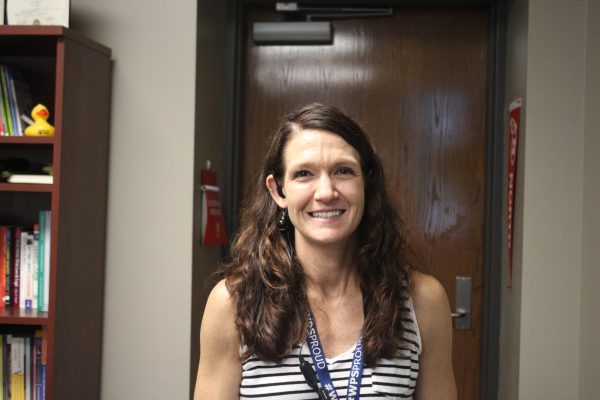Mental Health In High Schools

August 24, 2019
In America, 1 in 5 young people suffer with mental illness; that is 20%, and only 4% of the total health care budget is spent on mental health. Mental illness makes school, work, and socializing harder. Early identification and effective intervention is the key to successful treating of disorders and preventing future disability. A professional will connect symptoms and experiences a patient is having with diagnostic criteria to formulate a diagnosis. Being able to recognize and support kids’ mental health matters because mental health problems are common and develop during childhood and adolescence. Believe it or not, mental illnesses are treatable.
American youth with emotional and behavioral disorders have the worst graduation rate of all students with disabilities. Nationally, 40% of students with emotional, behavioral, and mental health disorders graduate. The national average overall is 76%. Over 50% of students 14 and older with mental health issues drop out of high school- the highest drop out rate of any disability group. Mental health disorders can effect class learning and social interactions: both being critical to the success of students. If appropriate services are put into place to support young peoples’ mental needs, we can maximize success and minimize negative impacts.
Kids with anxiety might struggle in school because they are preoccupied with worries that make it hard to pay attention. They might have physical complaints like stomachaches or headaches, and they might be absent a lot. They also might have troubles starting or finishing work because they are worried that it’s not right. The fear of being embarrassed or getting something wrong and the fear of having to interact with others might lead them to avoid group and social activities.
Adolescent depression is rising rapidly, 1 in 5 teens suffer with clinical depression. These symptoms may indicate depression, especially if they last longer than two weeks; poor performance in school, withdrawing from friends and activities, sadness and hopelessness, lack of motivation, enthusiasm, or energy, anger and rage, overreaction to criticism, feelings of being unable to satisfy ideals, poor self-esteem or guilt, indecision, lack of concentration, or forgetfulness, restlessness or agitation, changes in sleeping or eating pattern, substance abuse, problems with authority, and suicidal thoughts or actions. Each year, about 5,000 young people between the ages 15 to 24 end their own lives. The rate of suicide has nearly tripled since 1960. Suicide is the 3rd leading cause of death in adolescents and the second leading cause in college aged youth. Warning signs can include but aren’t limited to suicide threats, obsession with death, art that refers to death, giving away belongings, dramatic change in personality or appearance, irrational, bizarre behavior, overwhelming sense of guilt or shame, changed sleeping or eating patterns, severe drop in school performance. When dealing with a suicidal person, offer your help and listen, don’t lecture, trust your instincts, and help the person seek professional help.
I interviewed a few students at North that are in different grades.
Janelly Baltazar, a senior, said that her sophomore and junior year she struggled with mental health issues and stress. But now she has overcome those problems, and she is much happier now. She says the people in the school helped her overcome these problems. Baltazar says she developed depression and anxiety from the stress of high school.
Joshua McCreery, a junior, says that he feels like high school helped with his schizophrenia and that he lost stress during his last two years in high school. He feels he lost his stress because of two specific people. “They helped me see it doesn’t matter what people think about you,” he said.
Alli Waldt is a sophomore at North. “I take higher level classes, and with the a/b schedule if you miss even one day of school, it’s like you missed more than one because you fall so far behind, and it is so hard to catch up,”Waldt said. She feels like high school has made her depression and anxiety worse because there is more stress. Her stress piles up when school starts back up, and she doesn’t feel as stressed during the summer.
Cassandra Smith, academy three counselor, told me that kids come to her most about anxiety and depression, and depending on severity of the situation, she tells them to talk to their parents or seek professional help outside of school. She told me there are too many kids to help them with long term solutions so they have to help with short term solutions. When kids with anxiety come to her, she talks about creating exercises with them. She got her dog, Winnine to help kids out. She used him in her classroom when she was a math teacher. She personally never really struggled with mental illness, and she stated that she never gets really anxious.
Traci Nigg, the school psychologist and cross country coach, told me that kids come to her about anxiety, depression, dealing with house loss, incarcerated family, or anything they don’t know how to deal with on their own. She tries to empower students to control what they can control and remind them they gave more power over their life than they realize, and also that they control their responses and reactions to situations. She also teaches techniques on how to not get so caught up on the bad things to where they consume your thoughts all day. She told me that she went to therapy for anxiety and panic attacks, both of which were rooted in grief and loss, and learned how to deal with losing people close to you. She found running to be a positive outlet and that’s why she is heavily into cross country- to help kids find a positive outlet.










